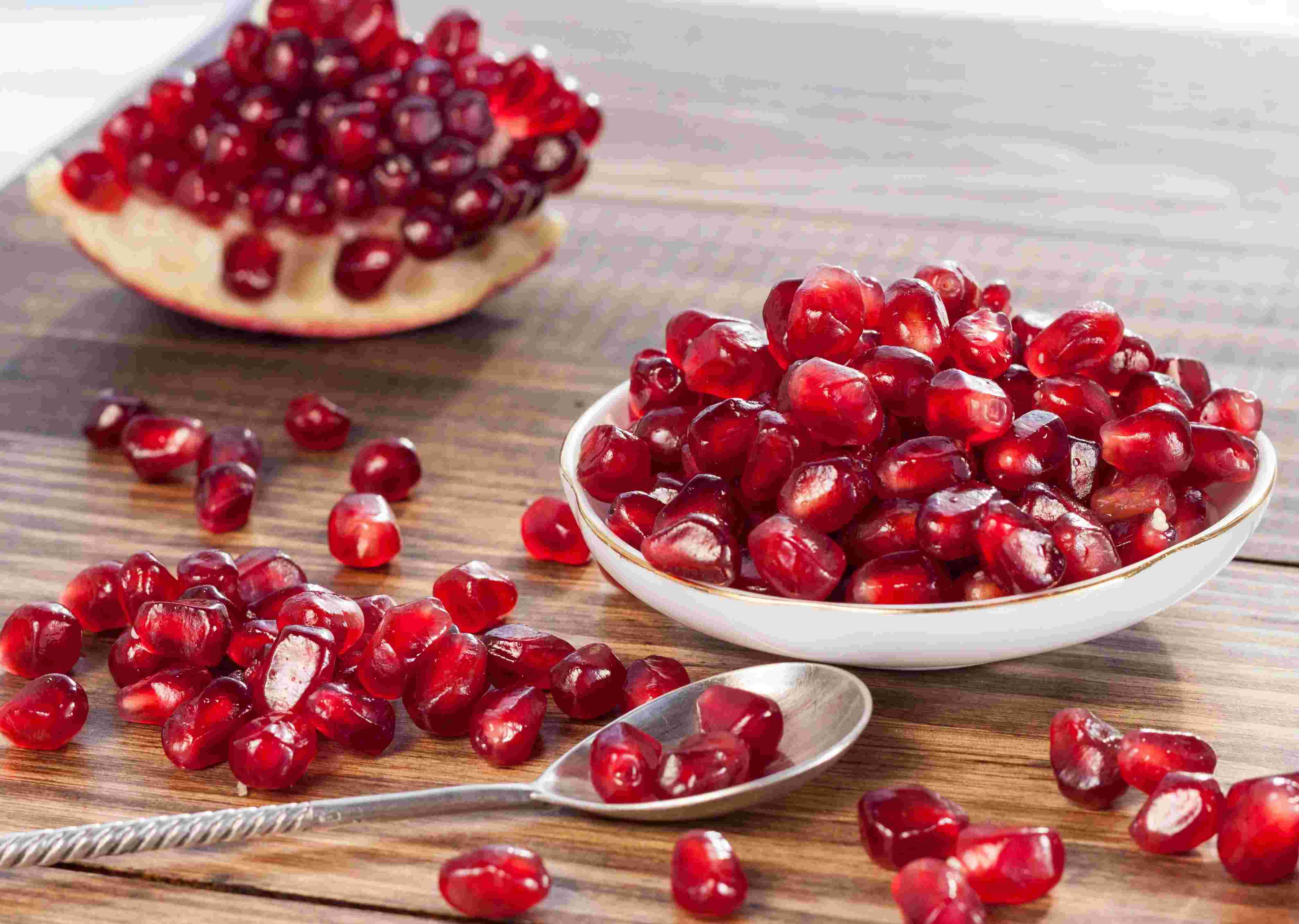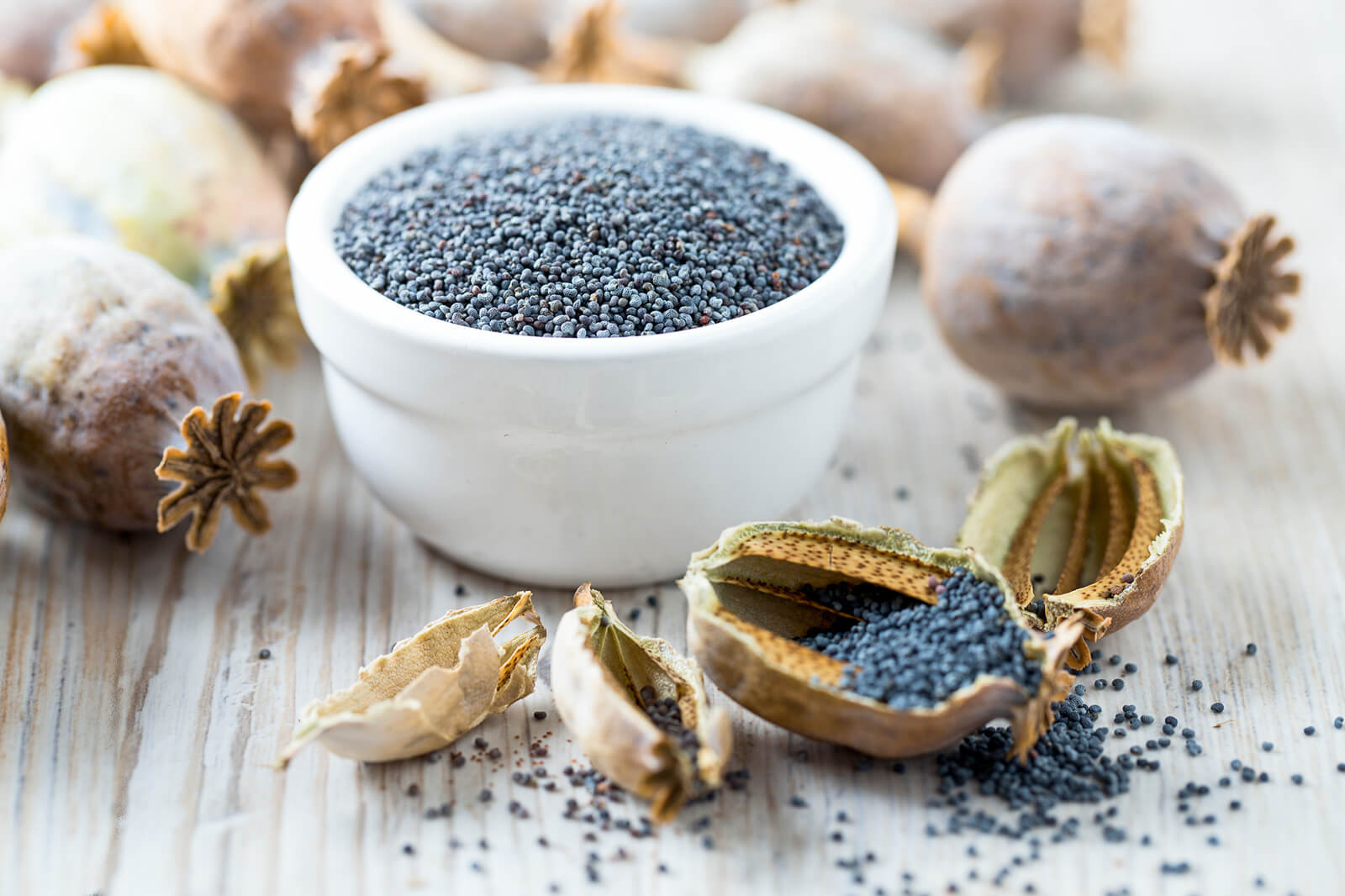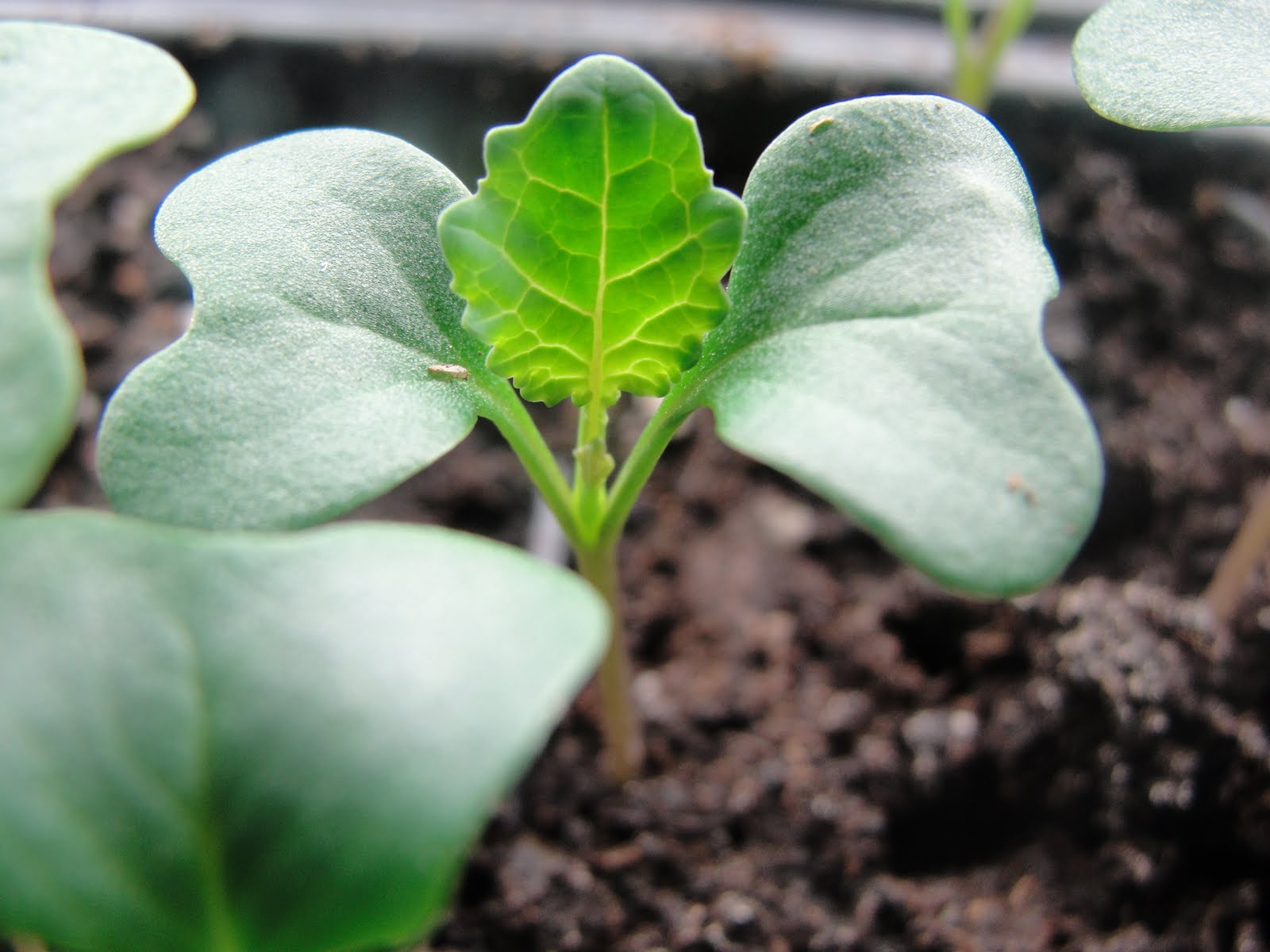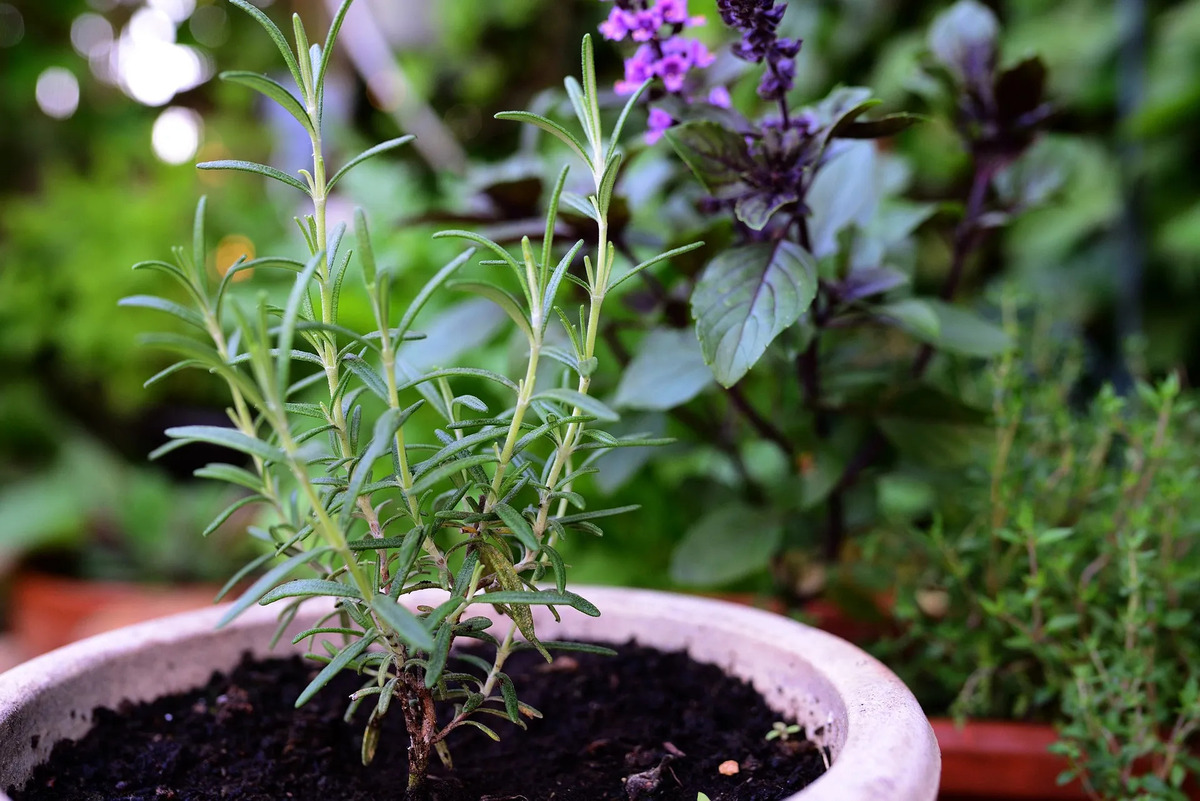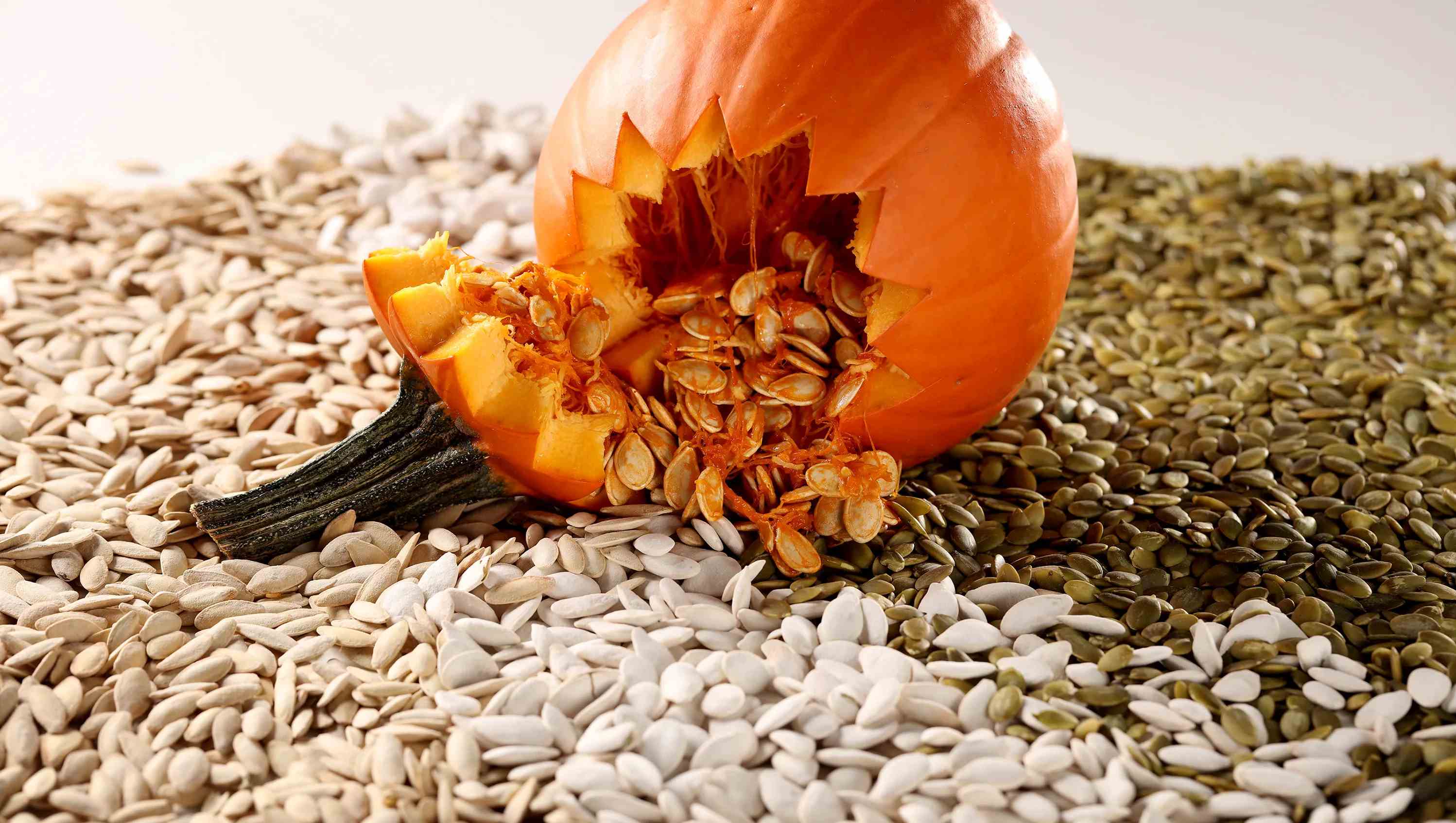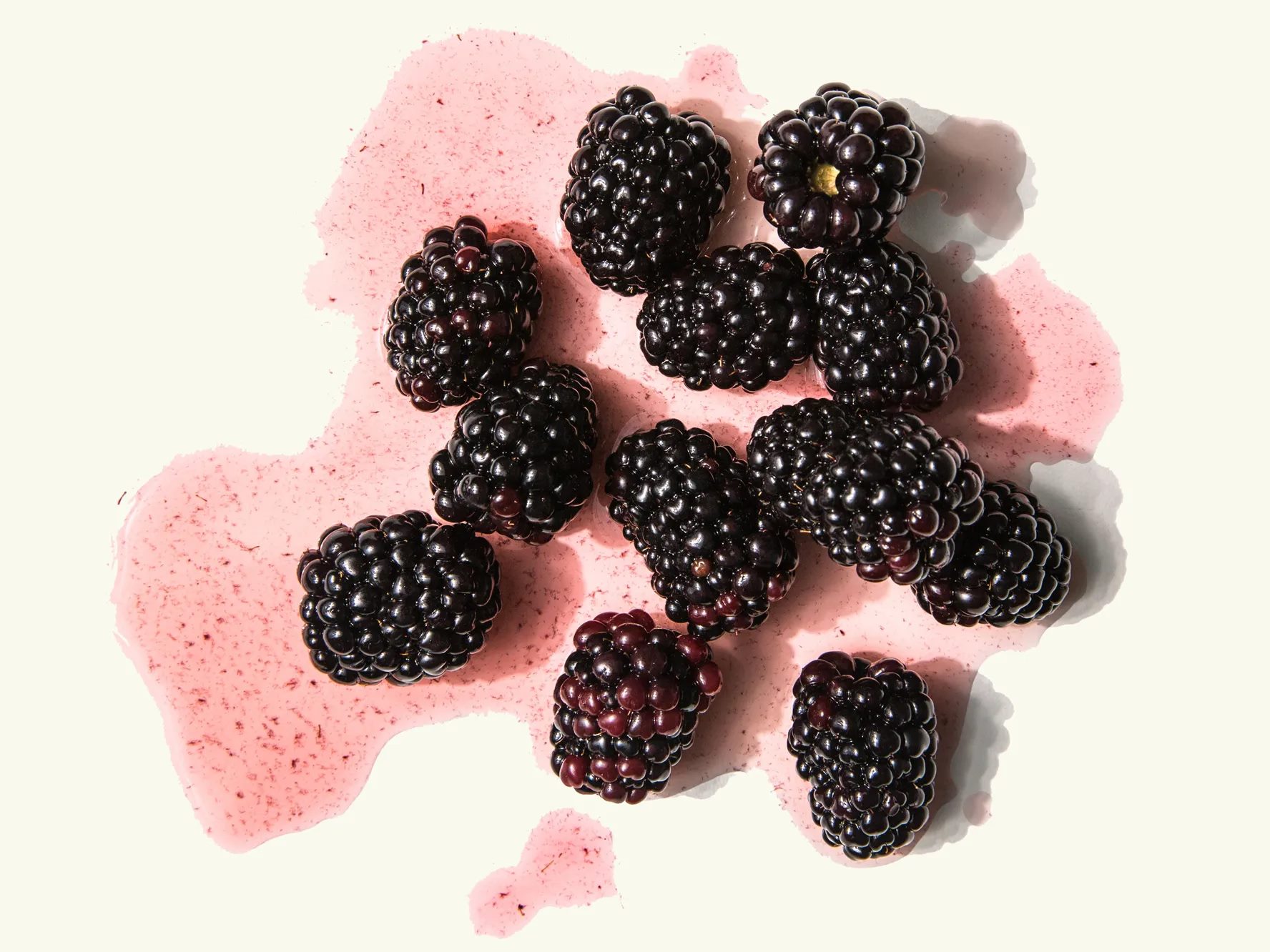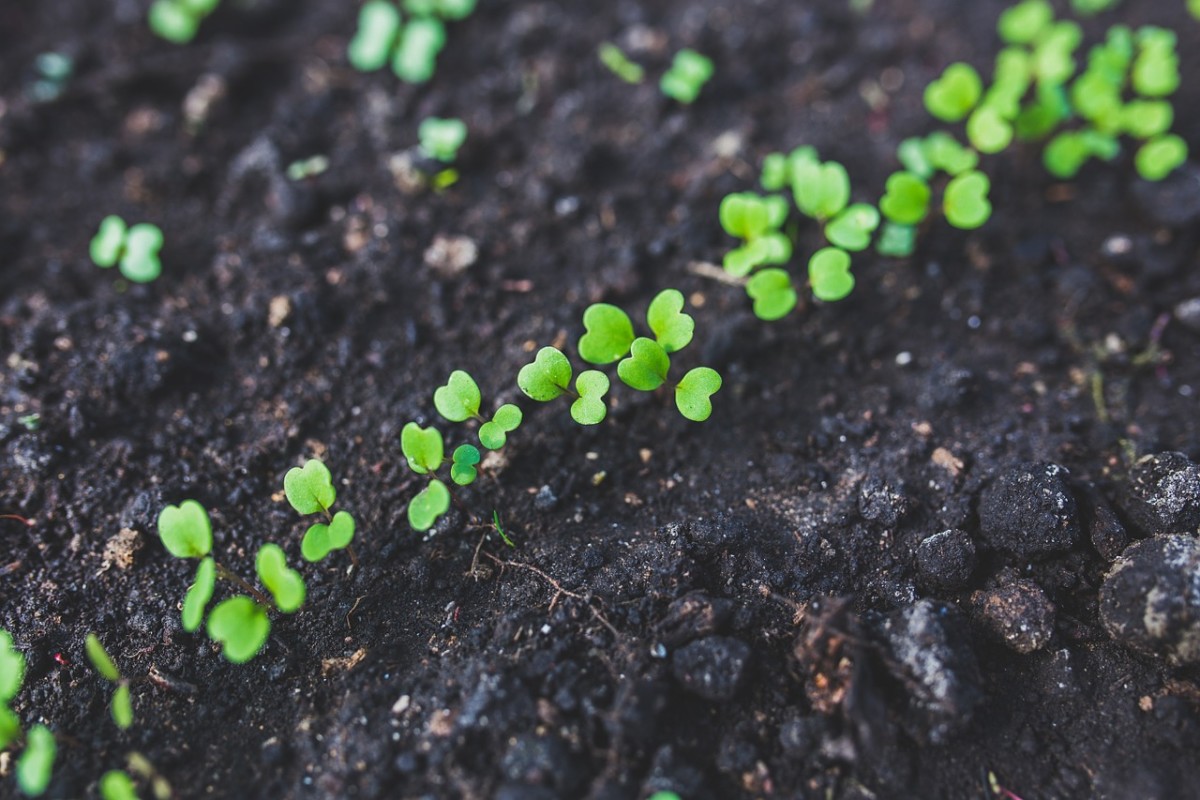Home>Gardening Techniques>Plant Care>How To Get Seeds From Carrots
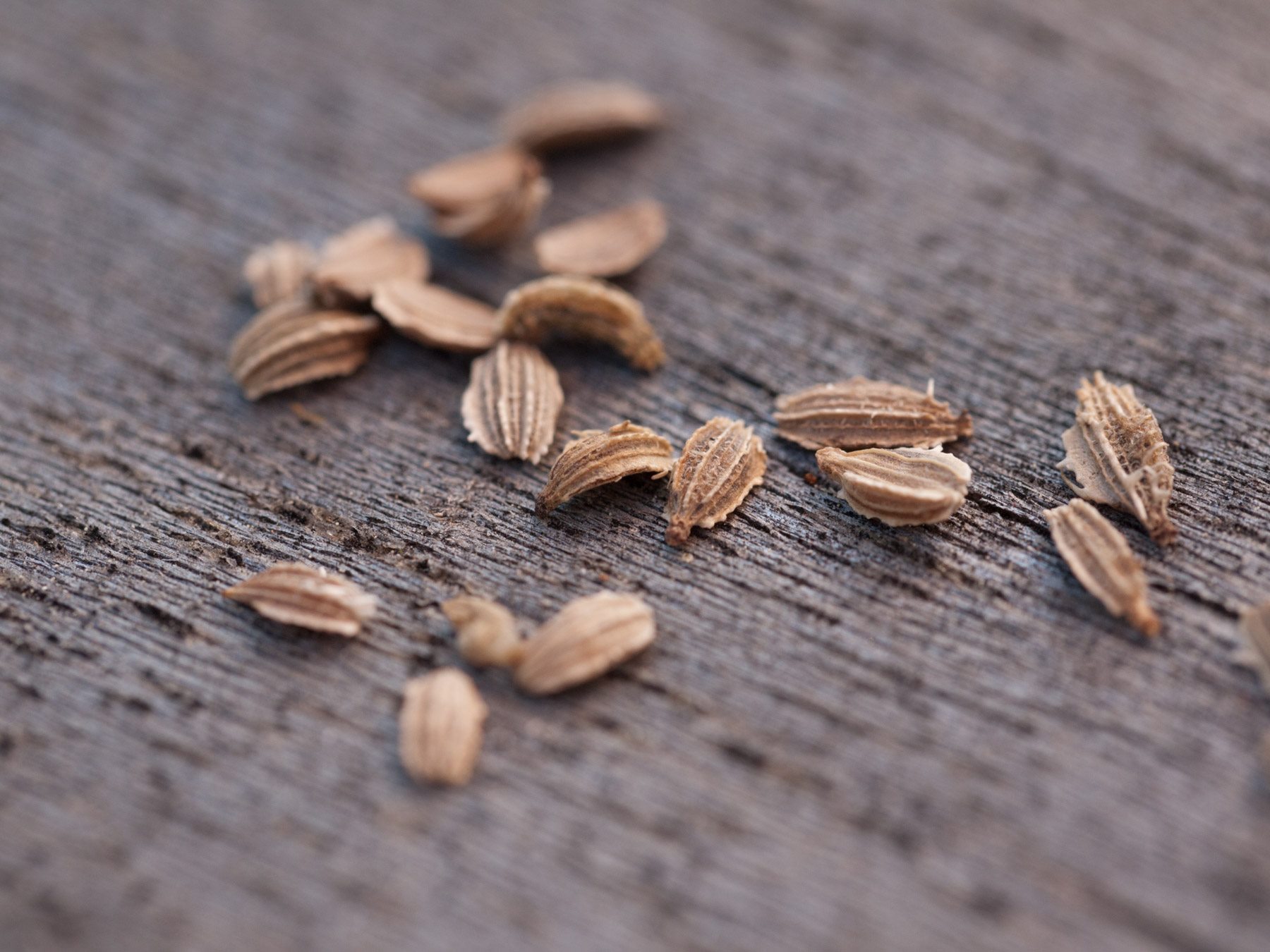

Plant Care
How To Get Seeds From Carrots
Modified: January 22, 2024
Learn the proper plant care techniques to get seeds from carrots and ensure a successful harvest. Discover tips and tricks from planting to harvesting carrots
(Many of the links in this article redirect to a specific reviewed product. Your purchase of these products through affiliate links helps to generate commission for Chicagolandgardening.com, at no extra cost. Learn more)
Table of Contents
Introduction
Welcome to the wonderful world of plant care! If you’re a plant lover and want to learn how to take care of your leafy friends, you’ve come to the right place.
Plants are not just beautiful decorations for our homes; they also play a crucial role in our overall well-being. They provide us with fresh air, improve our mood, and add a touch of natural beauty to our surroundings. However, proper plant care is essential to ensure their health and vitality.
In this comprehensive guide, we will dive into the world of plant care and explore various aspects, from choosing the right plants for your home to maintaining their optimal growth conditions. Whether you’re a beginner or an experienced plant enthusiast, there’s always something new to learn.
Throughout this article, we will discuss the significance of light, water, temperature, and nutrients for different types of plants. We will also explore common challenges and how to address them, including pests, diseases, and pruning techniques. With the right knowledge and techniques, you can help your plants thrive and create an inviting and vibrant indoor or outdoor space.
Additionally, we’ll cover various plant care tools, such as pots, soil, fertilizers, and watering techniques. These are all essential components for maintaining the health and vitality of your plants.
So, whether you’re a green thumb looking to expand your knowledge or a plant parent seeking guidance, this article is here to assist you every step of the way. Get ready to embark on an exciting journey into the world of plant care, and let’s discover the secrets to keeping your plants happy and thriving!
Choosing the Right Carrots for Seed Collection
When it comes to collecting carrot seeds, selecting the right variety is crucial. Not all carrots are suitable for seed production, as some are bred to be consumed as roots rather than for their seeds. To ensure a successful seed collection process, here are some key factors to consider when choosing which carrots to grow:
- Open-Pollinated Varieties: Look for open-pollinated or heirloom carrot varieties. These varieties are more genetically stable and will reliably produce seeds that will grow into similar plants. Avoid hybrid varieties, as their seeds may not produce plants with the same characteristics as the parent plant.
- Maturity: Choose carrots that take longer to reach maturity. Carrots typically take around 75 to 90 days to mature, but for seed production, it’s best to select varieties that take closer to 100 days. This allows the carrots to fully develop and produce viable seeds.
- Flower Stalk: Look for carrots that produce a tall and sturdy flower stalk. This indicates that the plant is putting energy into seed production. The flower stalk will eventually produce the carrot seed umbel, which is a cluster of small flowers that develop into seeds.
- Seed Production History: Consider the seed production history of the variety. If the variety is known for producing seeds reliably, it’s a good indication that it will be suitable for your seed collection efforts.
- Local Climate Adaptation: Choose carrot varieties that are known to thrive in your specific climate. Carrots that are adapted to your local climate are more likely to produce seeds successfully, as they are already acclimated to the environmental conditions in your area.
By carefully selecting the right carrot varieties for seed collection, you’ll set yourself up for success. Remember, patience is key when it comes to seed production, as it can take several months for carrots to mature and produce viable seeds. Now that you know what to look for in carrot varieties, it’s time to move on to the next step: growing carrots for seed production.
Growing Carrots for Seed Production
Now that you’ve chosen the right carrot varieties for seed collection, it’s time to start growing them. Follow these steps to ensure successful carrot seed production:
- Prepare the Soil: Carrots prefer loose, well-draining soil. Before planting, remove any rocks, clumps of soil, or debris that can hinder root development. Amend the soil with compost or well-rotted manure to improve fertility and drainage.
- Sow the Carrot Seeds: Carrot seeds should be sown directly into the garden bed. Plant the seeds about ¼ to ½ inch deep, spacing them 1 to 2 inches apart. Ensure that the soil is consistently moist during the germination period, which usually takes 1 to 3 weeks.
- Thin the Seedlings: Once the carrot seedlings have sprouted and grown to about 2 inches tall, thin them out to ensure proper spacing. Carrots need enough room to develop their roots and flower stalks. Thin the seedlings to approximately 3 to 4 inches apart.
- Provide Adequate Care: Water the carrot plants regularly to keep the soil evenly moist. Avoid overwatering, as it can lead to rotting of the roots. Mulching around the carrots can help conserve moisture and prevent weed growth, which competes for nutrients and space.
- Support the Flower Stalk: As the carrot plants grow, the flower stalk will emerge. It’s important to provide support to prevent it from bending or breaking. Use stakes or a trellis system to support the stalk, securing it gently to prevent damage.
- Protect from Cross-Pollination: To ensure that your carrot plants produce true-to-type seeds, take measures to prevent cross-pollination. Carrots are primarily pollinated by insects, so you can cover the flower stalks with fine mesh or netting to prevent unwanted pollen transfer from other carrot varieties.
- Observe and Monitor: Keep a close eye on your carrot plants as they continue to grow and develop. Look for any signs of disease or pest infestation and take appropriate measures to address them. Additionally, monitor the progress of the flower stalks, as the umbels will eventually turn from green to brown, indicating seed maturity.
By following these steps and providing proper care, you’ll have healthy carrot plants ready for seed production. Remember, growing carrots for seed collection requires time and patience. Allow the plants to fully develop and reach maturity before moving on to the next step: harvesting the carrot seeds.
Monitoring Carrot Development
Once you’ve sown your carrot seeds and they’ve started growing, it’s important to monitor their development to ensure optimal seed production. Here are some key aspects to keep an eye on:
- Growth and Development: Observe the growth of the carrot plants. They will go through various stages, from the formation of leaves to the emergence of the flower stalk. Monitor their progress and ensure they are growing steadily.
- Flower Stalk Formation: As the carrot plants mature, they will send up a flower stalk. This is a crucial stage in seed production. Watch for the emergence of the stalk, and provide support if necessary to prevent it from bending or breaking.
- Umbel Development: The flower stalk will develop clusters of small flowers called umbels. These umbels are where the carrot seeds will eventually form. Keep an eye on the umbels and observe their growth and maturity.
- Flower Pollination: Carrots are primarily pollinated by insects. It’s important to ensure that the flowers are successfully pollinated to produce viable seeds. Encourage pollinators like bees and butterflies to visit your carrot plants by planting companion flowers nearby.
- Seed Maturation: As the umbels mature, they will turn from green to brown. This indicates that the seeds are reaching maturity. Gently check the umbels for dryness and seed readiness. You can also conduct a “squeeze test” by gently squeezing the umbels to see if the seeds feel firm and developed.
- Overall Plant Health: Monitor the overall health of your carrot plants. Look for any signs of disease or pest infestation. Address any issues promptly to prevent them from impacting seed production. Healthy plants are more likely to produce abundant and high-quality seeds.
By regularly monitoring the development of your carrot plants and taking necessary steps to ensure their health and well-being, you’ll increase the chances of a successful seed harvest. Proper observation and care will help you determine the best time to proceed to the next step: harvesting the carrot seeds.
Harvesting Carrot Seeds
Once your carrot plants have gone through the various stages of growth and the umbels have matured, it’s time to harvest the carrot seeds. Here’s how you can do it:
- Timing: Wait until the umbels have turned completely brown and dry. This indicates that the seeds are fully mature. Harvesting too early can result in immature seeds, which may not germinate properly.
- Seed Removal: Carefully cut off the umbels from the plant using sharp garden scissors or pruners. Place the umbels in a clean and dry container or paper bag.
- Seed Separation: Gently rub the umbels between your hands to separate the seeds from the dried flower clusters. Take your time to ensure that all the seeds have been released.
- Threshing: After removing the seeds from the umbels, you may notice that they still have some chaff or debris. To remove this, lightly blow on the seeds or gently shake them in a sieve or mesh screen to separate the seeds from the unwanted material.
- Drying: Spread the carrot seeds in a single layer on a clean, dry surface, such as a tray or a sheet of parchment paper. Allow them to air dry for 1 to 2 weeks, ensuring that they are completely dry before moving on to the next step. Dry seeds are less likely to develop mold or rot during storage.
- Labeling and Storage: Once the carrot seeds are dry, transfer them into small, airtight containers or envelopes. Label each container with the name of the carrot variety and the year of harvest. Store the containers in a cool, dark, and dry place, such as a refrigerator or a cupboard. Properly stored carrot seeds can remain viable for several years.
By following these steps, you’ll successfully harvest and store your carrot seeds for future use. Keep in mind that each umbel may contain numerous seeds, so you’ll have plenty to plant in your next growing season or share with fellow gardeners.
Now that you’ve learned how to harvest carrot seeds, you can enjoy the satisfaction of knowing that you’ve played a crucial role in the reproduction and preservation of these wonderful plants.
Cleaning and Storing Carrot Seeds
After harvesting your carrot seeds, it’s important to clean and properly store them to ensure their longevity and viability. Follow these steps to clean and store your carrot seeds:
- Remove Debris: Before cleaning, visually inspect the seeds and remove any obvious debris, such as small twigs, dirt, or plant matter.
- Winnowing: To separate the lighter chaff and remaining debris from the seeds, you can use the winnowing technique. Stand near a light breeze or use a fan and gently pour the seeds from one container to another, allowing the wind or fan to blow away the lightweight chaff. Repeat this process a few times until most of the chaff is removed.
- Sieve or Mesh Screen: For a more thorough cleaning, you can use a sieve or a mesh screen with small holes to separate the remaining debris from the seeds. Rub the seeds through the sieve or gently shake them in the mesh screen. This will help remove any remaining chaff or larger particles.
- Drying: Once the seeds are clean, spread them out in a single layer on a clean, dry surface, such as a tray or a sheet of parchment paper. Allow them to air dry for another 1 to 2 weeks. Make sure they are completely dry before proceeding to the next step.
- Labeling and Packaging: Transfer the dried carrot seeds into small, airtight containers or envelopes. Label each container with the variety name, the year of harvest, and any other relevant information. This will help you keep track of your seeds and ensure you have accurate information for future planting.
- Storage: Store the labeled containers in a cool, dark, and dry place, such as a refrigerator or a cool basement. The ideal storage temperature for carrot seeds is around 32 to 41°F (0 to 5°C). Avoid exposing the seeds to moisture, fluctuating temperatures, or direct sunlight, as these can reduce their viability.
- Periodic Viability Testing: Over time, seed viability can decrease. To ensure you’re using the most viable seeds, consider conducting periodic germination tests. Place a small batch of seeds on a moist paper towel, seal it in a plastic bag, and keep it in a warm location. After a week, check for germination. This will give you an idea of the seed’s viability and help you plan for future plantings.
By properly cleaning and storing your carrot seeds, you’ll maintain their quality and increase their chances of successful germination. Remember to label and organize your seeds to make seed saving and future planting easier.
Now that you’ve learned how to clean and store your carrot seeds, you can confidently embark on future gardening seasons, knowing that you have a supply of carefully preserved and viable seeds at your disposal.
Conclusion
Congratulations! You’ve now gained a comprehensive understanding of the process of collecting and storing carrot seeds. By choosing the right carrot varieties, growing them with care, monitoring their development, and harvesting and cleaning the seeds, you’ve taken a significant step towards becoming a seed saver and contributing to the preservation of plant biodiversity.
Remember that seed saving is not only a rewarding and eco-friendly practice but also an essential way to preserve and propagate plant varieties that may be endangered or unique to specific regions. By saving seeds, you play a vital role in sustainable gardening and ensuring the availability of diverse plant genetic resources for future generations to enjoy.
Preserving carrot seeds is just one facet of seed saving, and you can apply the same principles to other plants and vegetables in your garden. Each seed-saving endeavor brings you closer to a deeper connection with nature and a greater appreciation for the intricate cycles of life.
As you embark on your seed-saving journey, continue to expand your knowledge of plant care and explore different plant species and their seed collection techniques. Experiment, learn from your experiences, and share your successes with fellow gardeners to inspire and promote the joy of seed saving.
Remember that gardening is a continuous learning process, and there’s always more to discover. Keep embracing the wonders of nature, fostering growth, and nurturing the beauty of plants through your dedication and expertise in plant care and seed saving.
So, let’s continue to cultivate, sow, and save the seeds of our beloved plants, ensuring a vibrant and sustainable future for generations to come!
